Today I'm going to share my impressions about Ricardito el Copetudo, one of Charles Perrault's lesser-known stories and that because of its particular history deserves a space in my blog. It appears in his compilation "Mother Goose Tales" published in 1697, which also includes Little Red Riding Hood, Sleeping Beauty, Cinderella, Puss in Boots and Thumbelina. To be catalogued as a fairy tale, its aesthetic proposal and profound message are worthy of analysis because they break with several stereotypes.
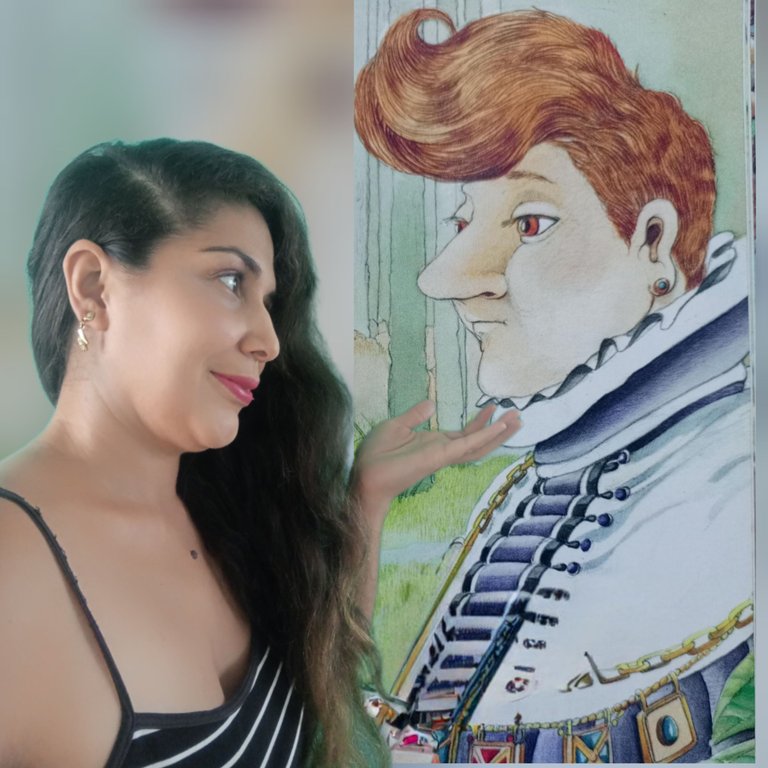
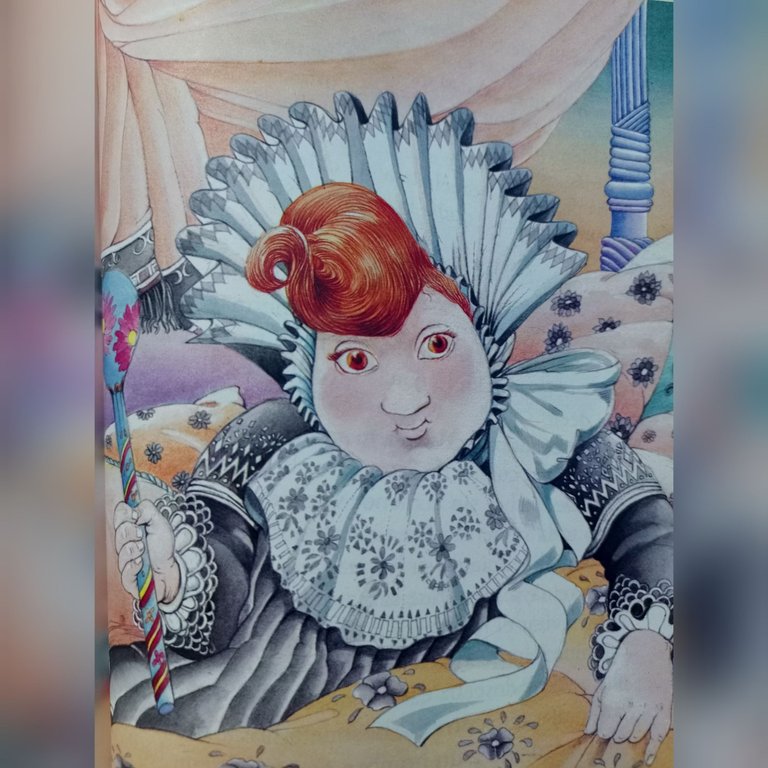
In Ricardito el Copetudo we find a queen who gave birth to a very ugly prince, but thanks to the intervention of a fairy she is given the gift of intelligence, a privilege that she will be able to transfer to the one she will love. A few years later, on the other side of the kingdom, a princess was born with the opposite characteristics, she was extremely beautiful, but very stupid.
As can be seen, we are dealing with a prince and princess who are atypical, far from the ideals of children's literature. The nickname "Copetudo" comes from the fact that since he was born he had a big red tuft in his hair, which he kept until his adulthood, a symbol that distinguishes him from the others. Despite his ugliness, Ricardito is honest, generous and fair, which is why he has earned the affection of everyone in town. So he exhibits no traces of rancor, resentment or bitterness because of his physical features.
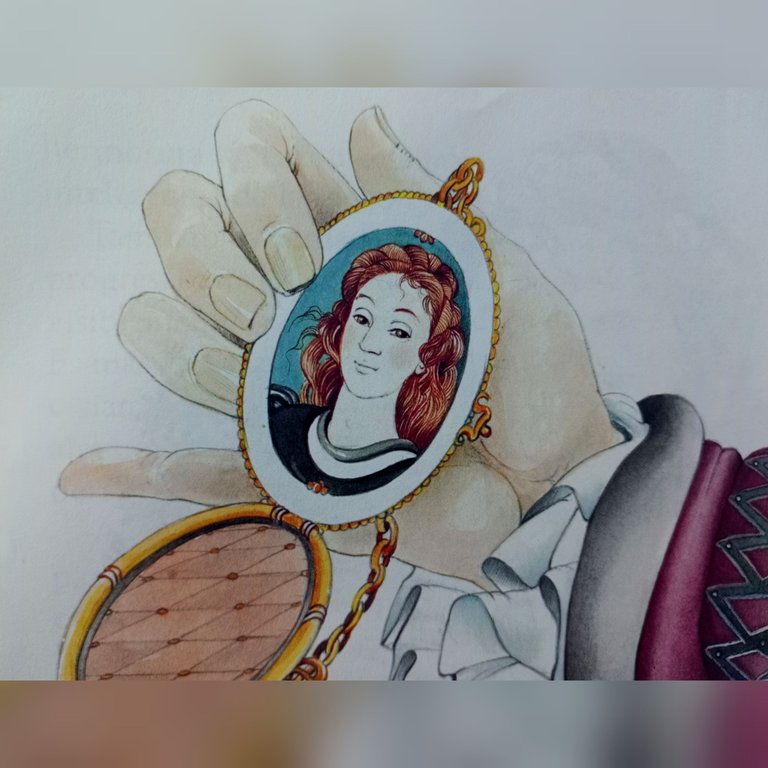
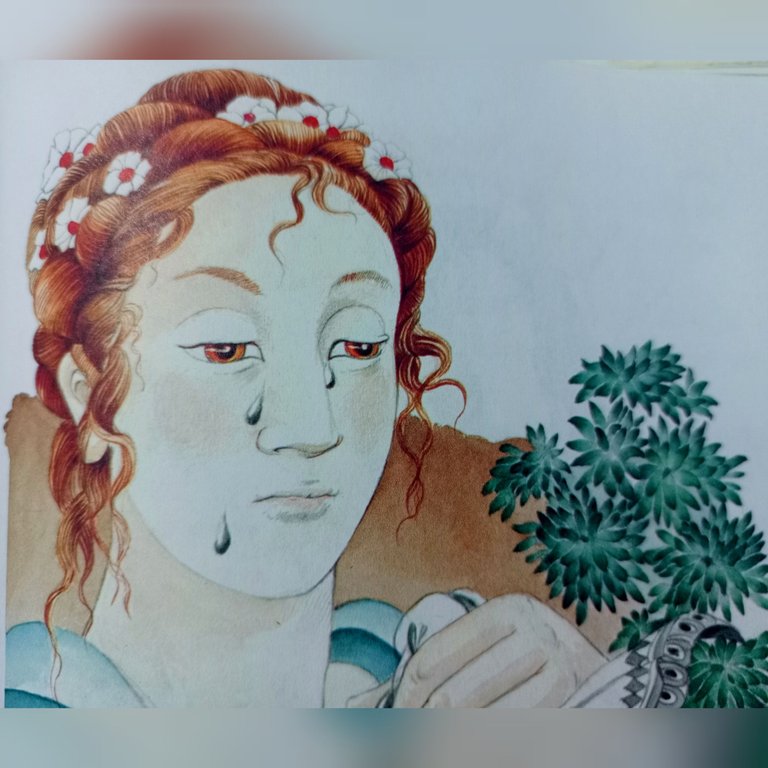
I consider that Annie Claude Martin did not capture the essence of the story, there is no harmony or correspondence between what is narrated and the images that appear. The characteristics of Ricardito, in Perrault's tale, are grotesque (hunchback, leg dysmetry, strabismus and cripple) while its graphic representation only shows him as a man with a big nose.
This story is about putting beauty and intelligence on a balance. Which virtue would be more important to society? A person who is not physically graceful may look attractive if he or she is able to hold an interesting conversation and also shows purpose in life. On the other hand, the notion of beauty depends on the perception of the observer and is usually associated with youth, being then a period with expiration.
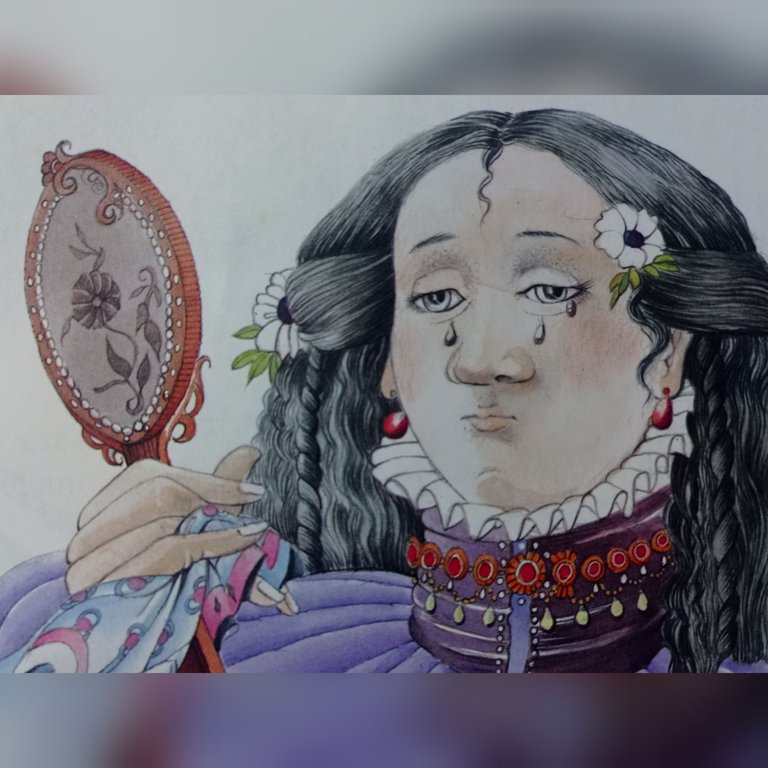
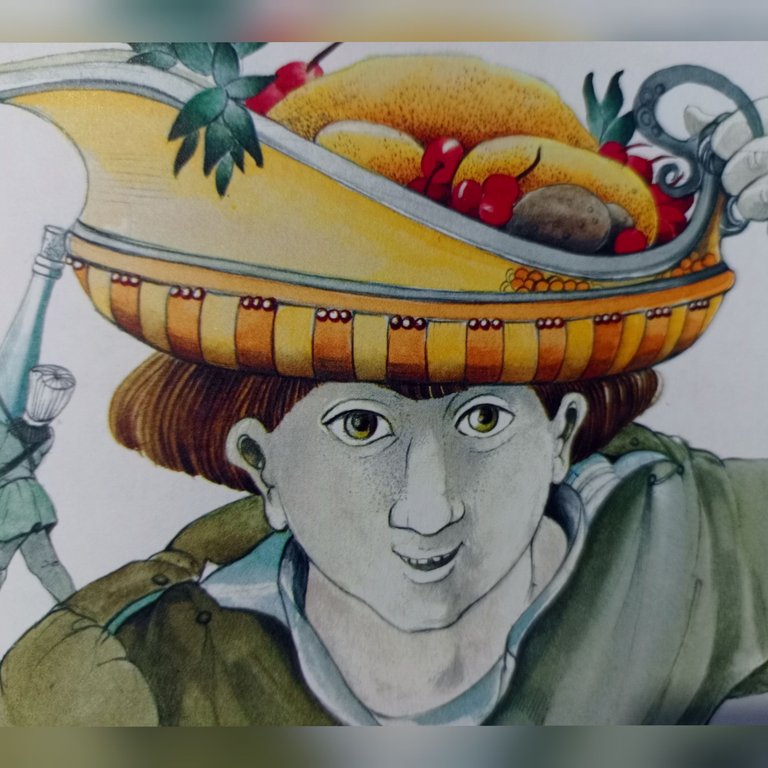
When I read Ricardito el Copetudo my mind began to use referential images of the present day since social networks sell the idea that physical appearance is the most important thing, hence young people invest a lot of time and resources in an image to project, which is modified with filters before being exhibited in WhatsApp, Facebook or Instagram statuses, among others, and in this way seek public approval.
The story alludes to the fact that the fairy's "spell" never existed, but that it was the purest love that was able to transform both of them. True love does not look at appearances but seeks the intrinsic value, that which comes from the heart, the noble feelings. The loved one will be beautiful and "perfect" because it will be observed from the eyes of love.
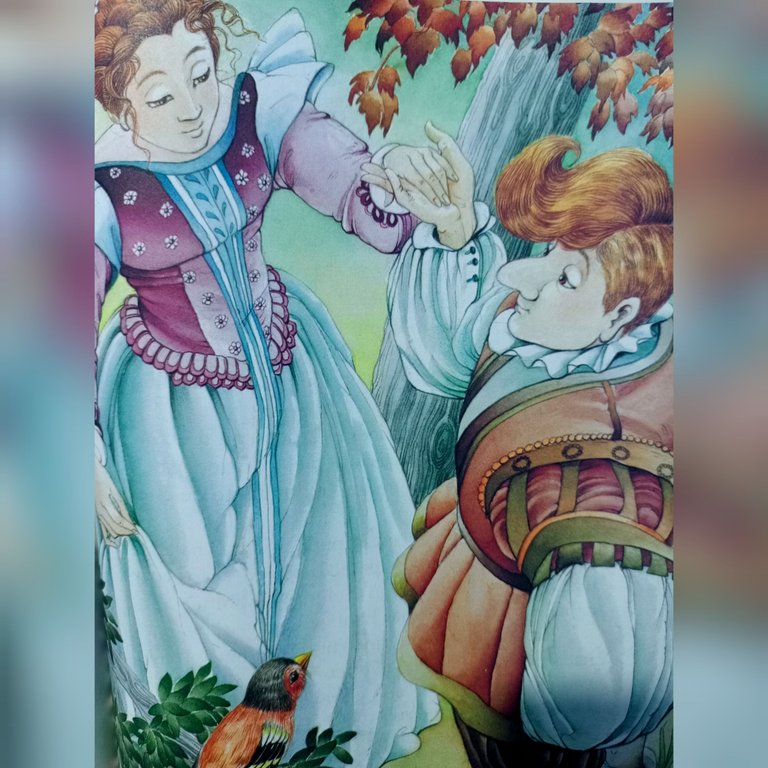
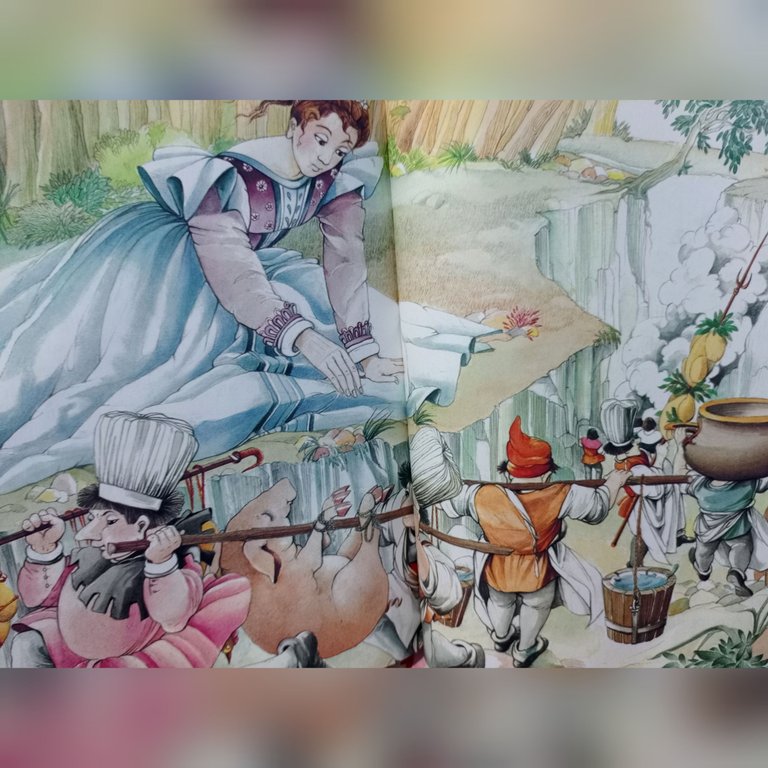
Hoy voy a compartir mis impresiones sobre Ricardito el Copetudo, uno de los relatos menos conocidos de Charles Perrault y que por su particular historia merece un espacio en mi blog. Aparece en su compilación "Cuentos de mamá Ganso" publicada en 1697, donde también figuran Caperucita Roja, La Bella Durmiente, Cenicienta, El Gato con botas y Pulgarcito. Para ser catalogado como un cuento de hadas, su propuesta estética y profundo mensaje resultan dignos de analizar porque rompen con varios estereotipos.


En Ricardito el Copetudo encontramos a una reina que dio a luz a un príncipe muy feo, pero gracias a la intervención de un hada se le asigna el don de la inteligencia, privilegio que podrá transferir a quien amara. Unos años más tarde, al otro lado del reino, nace una princesa con las características opuestas, era extremadamente hermosa, pero muy tonta.
Como se advierte, estamos ante un príncipe y una princesa que resultan atípicos, alejados de los ideales de la literatura infantil. El sobrenombre de "Copetudo" viene porque desde que nació destacaba un gran mechón rojo en su cabellera, el cual conserva hasta su adultez, un símbolo que lo distingue de los otros. A pesar de su fealdad, Ricardito es honesto, generoso y justo, de allí que se haya ganado el cariño de todos en el pueblo. Así que no exhibe rastros de rencor, resentimiento ni amarguras por sus rasgos físicos.


Mención aparte merecen las ilustraciones, considero que Annie Claude Martin no capturó la esencia de la historia, no existe una armonía ni correspondencia entre lo que se narra y las imágenes que aparecen. Las características de Ricardito, en el cuento de Perrault, son grotescas (jorobado, dismetría en piernas, estrabismo y tullido) en tanto su representación gráfica solo lo muestra como un hombre narizón.
En este cuento se trata de poner en una balanza la belleza y la inteligencia. ¿Cuál sería la virtud más importante para la sociedad? Una persona que no es agraciada físicamente puede verse atractiva si es capaz de mantener una conversación interesante y además muestra propósitos en su vida. Por otra parte, la noción de belleza depende de la percepción de quien observa y por lo regular está asociada a la juventud, siendo entonces un período con caducidad.


Al leer Ricardito el Copetudo mi mente comenzó a utilizar imágenes referenciales de la actualidad puesto que las redes sociales justamente venden la idea de que la apariencia física es lo más importante, de allí que los jóvenes inviertan mucho tiempo y recursos en una imagen para proyectar, la cual se modifica con filtros antes de exhibirse en estados de WhatsApp, Facebook o Instagram, entre otras, y de esta manera buscar la aprobación pública.
En el cuento se hace la alusión de que el "hechizo" del hada nunca existió, sino que fue el amor más puro el que pudo transformar a ambos. El verdadero amor no se fija en apariencias sino que busca el valor intrínseco, aquello que sale del corazón, los sentimientos nobles. El ser amado será hermoso y "perfecto" porque se observará desde los ojos del amor.


✓Photos from my personal gallery, edited with Fotocollage.
✓Text translated with DeepL.
🌟💗🌟💗🌟💗🌟💗🌟
✓Fotos de mi galería personal, editadas con Fotocollage.
✓Texto traducido con DeepL.
Posted Using INLEO

